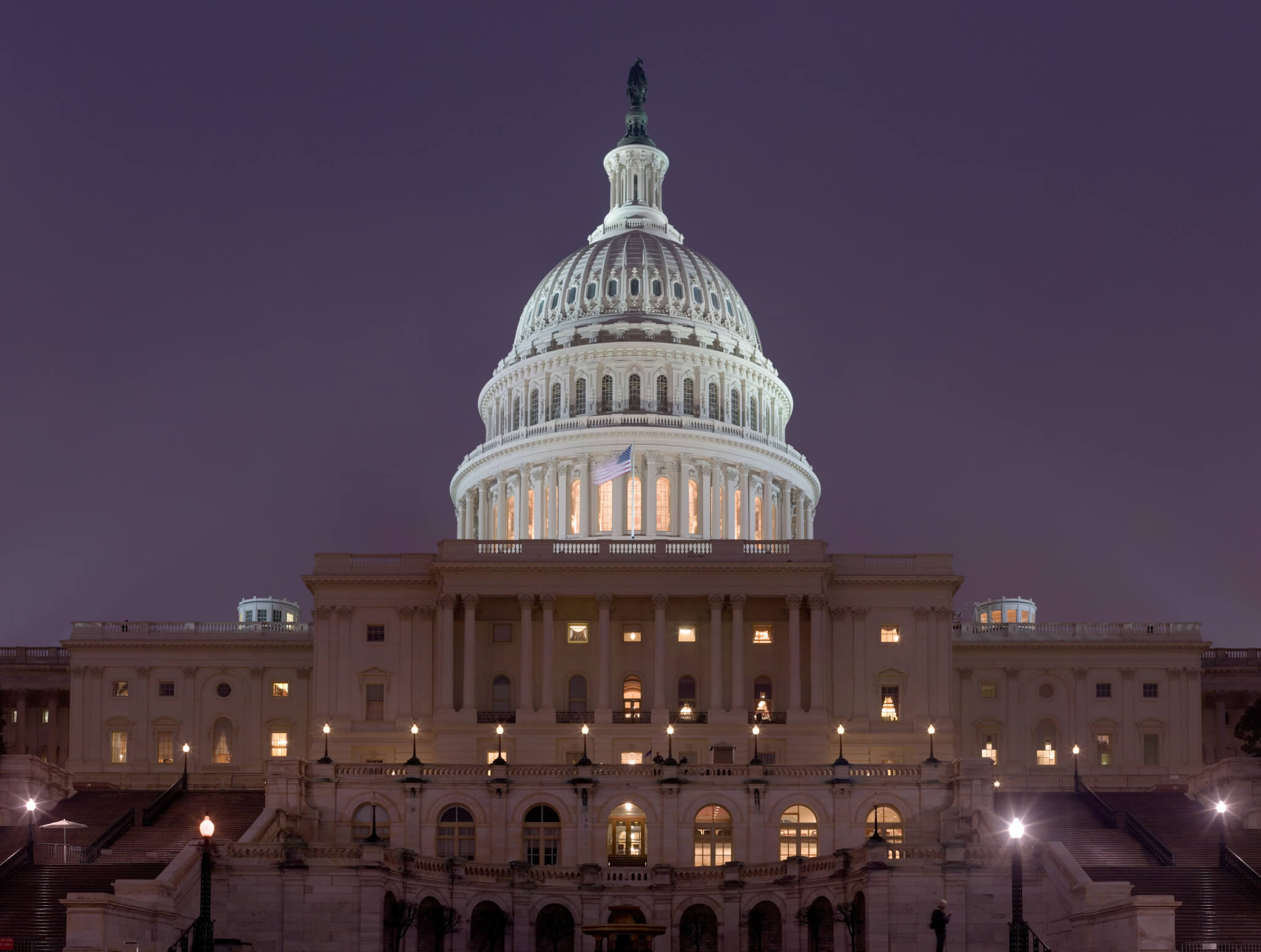Architecture firm JuneJuly has encountered controversy after being mentioned in a recent Los Angeles Times article as one of the firms that has responded to the Department of Homeland Security’s pre-solicitation for the controversial wall along the US-Mexico border.
Unlike some of the large, infrastructure-focused firms in the running for the project, JuneJuly is rather different. It is a small, young practice run by Jake Matatyaou and Kyle Hovenkotter who teach at the Southern California Institute of Architecture and Pratt Institute, respectively. Considering the deeply controversial and morally objectionable nature of the border wall project, the reaction on the internet—as one might expect—been mostly negative.
There’s reason for that, of course. Despite what might be well-intentioned efforts on the part of thoughtful designers eager to engage with the wall, practical political realities dog the common argument that the border wall, as explained by another architect mentioned in the LA Times article, is “not political.”
For immigrant communities and those who will live with the life-changing effects of the wall—should it be built—the ongoing, so-called critical engagement with the wall, whether academic, hypothetical, or earnest in its interest to affect positive change, has served up until now mainly to reify the wall’s existence as a symbol of xenophobic oppression. The wall project, as it is increasingly incorporated into the architectural discourse retains this loaded socio-political baggage. The question facing architects who seek to engage with the wall project is whether they can fundamentally alter this symbolic meaning.
The Architect’s Newspaper (AN) reached out to JuneJuly for comment regarding the firm’s interests and motivations for being a part of the border wall project, their responses are below.
AN: The border wall is obviously very controversial, what are the benefits of getting proactively involved with something many in the architecture community would rather boycott?
JuneJuly: It’s been a busy morning. We welcome the opportunity to clarify our position.
In an ideal world, there would be no border and certainly no wall. But given our reality, we feel it is most productive to work within its constraints, so we begin with the reality of the wall as described in the pre-solicitation. Our involvement in the process opens a direct dialogue with those who are making decisions about the future of our southern border. We want the Department of Homeland Security to entertain our position and this process is a direct channel for our voice to be heard. Simply “walking away from our desks,” is not the right kind of agency to actively redirect what is happening along the border, nor does it allow us to be part of the conversation. Moreover, resistance as non-participation (which is sometimes necessary, but often not sufficient) maintains the status quo and the non-productive binary of an “us against them.” JuneJuly thinks we are all in this together.
We realize that the construction of any wall along our southern border will affect human lives on both sides of the partition. But the executive order, which is an immaterial wall, also has real consequences. Given our tools as architects, what can we, as practitioners do to redirect the conversation to a more humane and aesthetically aware border infrastructure, material and otherwise?
Do you believe it is possible to embed humanitarian considerations in a work of infrastructure defined fundamentally by separation and inequality?
Yes. Not all walls are about separation and inequality. For example, the history of memorial architecture plays on the idea of the wall as a device of human connection, and not one of enclosure. It is our job as architects, as it always has been, to propose alternatives to what is considered fundamental to a design problem.
What are some of the practical considerations you are contemplating for the wall? For example, the LA Times article references specific instances of human-scale contact, what do you envision happening along the wall’s more remote or desolate locations?
Architects have proven reluctant participants in discourses of border politics, having little, if anything, to say about the border as either a spatial condition or a cultural artifact. We believe that it is important for architects to engage the border as a specific architectural type as it is a physically experienced and collectively owned part of our design culture.
Borders are a special kind of architecture that not only play an important role in how architectural effects are distributed geographically and politically, they literally manifest boundaries—both physical and virtual—in the form of edges, margins, zones, points, and lines, each regulated by rules of access and movement. Whether hard or soft, thick or thin, loud or mute, borders produce and negate various political imaginaries and subjectivities, both individual and collective.
The stated objective of the U.S.-Mexico partition is to achieve operational control on the border through systematic surveillance and physical infrastructure designed to regulate the northern migration of goods and bodies. Our goal is to bring this border off-site, and to bring spectators at those sites to the border, transforming the partition into an interface for exchange, intimacy, and immediacy through the very tactics deployed in its policing. We depart from the premise that the border is its own architectural type, distinct from that of a wall or any other material construct. As such, we view it as a place of bodies and a space of flow. Ultimately, we want to dislocate the border from any claim to site specificity in order to emancipate the bodies it attempts to control.
I would like to push against this notion that the wall is a foregone conclusion: The plans and money for the wall are not actually in place yet and there’s also the issue that we already have many miles’ worth of border wall in existence. The efficacy of non-engagement as a form of protest aside, what is the public benefit of utopianizing this type of infrastructure?
In no way are we utopianizing border infrastructure. Nor do we say that the wall is a foregone conclusion. What is foregone is that the federal government is soliciting proposals for the southern border apparatus. We are responding in real time to the federal government as an active form of inquiry. There is clear public benefit in the engagement of established processes to achieve change and communicate ideas. We are not saying that counter-competitions, as described in your newspaper, are invalid forms of dialogue and protest. However, they should not come at the expense of direct engagement with official channels of power. To put it directly: We have never said that we are designing a wall. We are responding to the government’s solicitation for a new model of border infrastructure which we hope will provide a corrective to the privileging of iconicity, spectacle, and security at the border.










